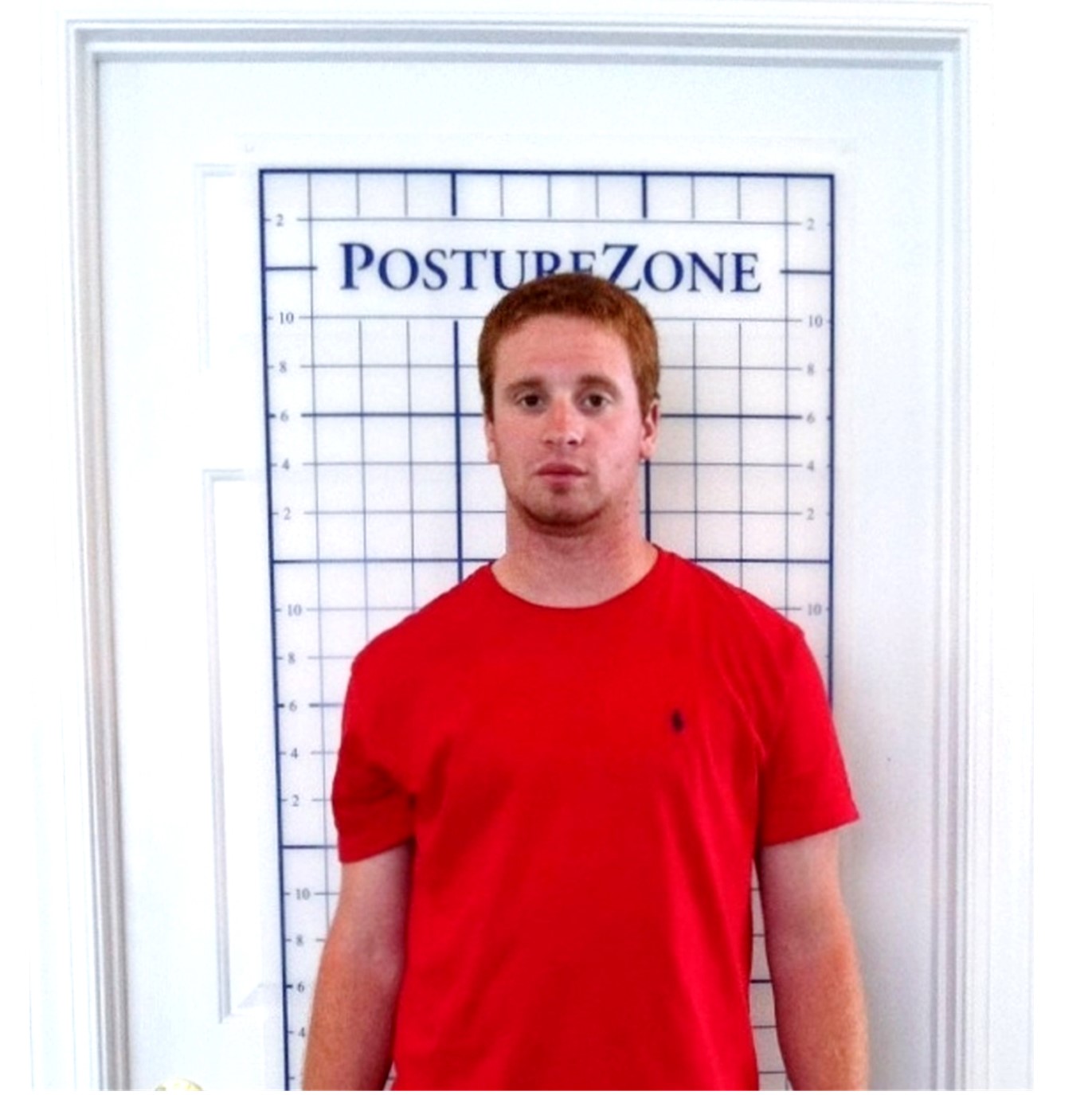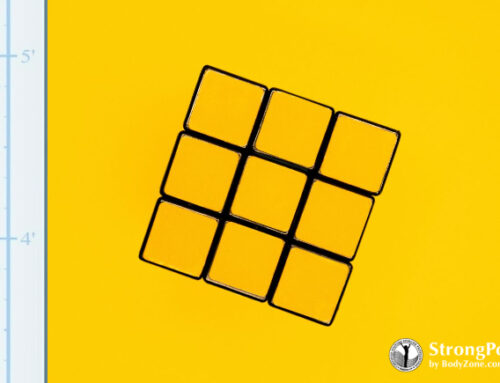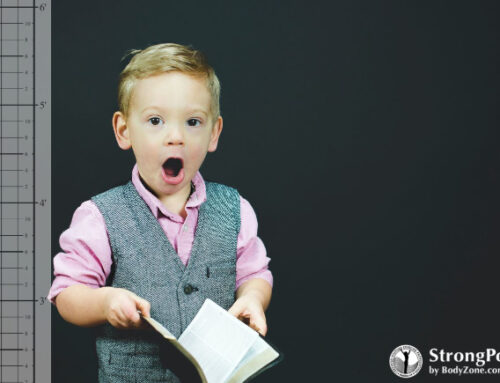Your myofunctional evaluation will include observing the patient’s speech, posture, breathing, eating, drinking, and facial symmetry. Performing orofacial and myofunctional exams in front of a posture grid is a great practice. The posture chart allows the therapist to set a baseline and capture specific measurements during the examination. These will be helpful with client and medial team communications, documentation and for later comparisons.

Comprehensive Myofunctional Exam
The findings of the orofacial myofunctional disorders assessment can then be shared with the therapeutic team which may include:
- Speech Language Pathologist
- Certified Orofacial Myologist
- Dentist
- Oral surgeon
- Orthodontist
- Otolaryngologist
- Physician
- Plastic surgeon
- Physical therapist
- Sleep Apnea Specialist
- Allergist
- Certified Posture Specialist (CPEP)
- Speech Pathologist
- Periodontist
- Maxillofacial Surgeon
Myofunctional Evaluation
After a detailed case history of dental, orthodontics, eating and oral habits, as well as previous treatments the myofunctional assessment can proceed with the patient/client standing in front of the grid:
- Oral-Facial Exam
- Document Facial features
- Oral resting postures
- Note Lips/tongue/palate position
- Teeth
- Oral pharyngeal
- Swallowing
- Articulation
Assessment of Orofacial Myofunctional Disorders
Capturing a picture of the subject in front of the posture grid during the evaluation is valuable to:
- Set a baseline for improvement
- Show orofacial asymmetries
- Communicate myofunctional findings to the dental or speech patient and medical team
- Document pre and post treatment changes
- Document improvement or decline, with and without intervention

Posture Grid for Comprehensive Myofunctional Exams
You’ll want to choose between two of the PostureZone posture charts for orofacial myofunctional disorder assessments and treatment. Either the door grid or the wall grid. The only difference between the two is size.
- If your practice has space we highly recommend the wall grid because it works for all body types.
- If your practice has limited space, we recommend the door grid. The door grid is a slimline option that will fit on the front or back of a standard door, but can also be installed on a wall.
- If you work with young children, we recommend getting a Kidz Grid in addition to one of the above grids. The mini size is entertaining for your littlest clients and helps build trust and rapport.
There are other options available, but for dental exams, we recommend these specific PostureZone Wall and Door Grid options because you’ll need the sturdy surface that will stay flat, is easy to wipe clean, is life-time durable, and has a professional clean look for a medical space.
Portable, paper, vinyl and other grids are not as accurate, cannot be cleaned and/or will not lay flat, making them improper for this use.
You can purchase a grid for your dental, myofunctional, orofacial or speech pathology practice here:
If you want to offer a more in-depth postural evaluation, we also recommend reading Posture Pictures: Assessments, Screening, Marketing & Forms.









